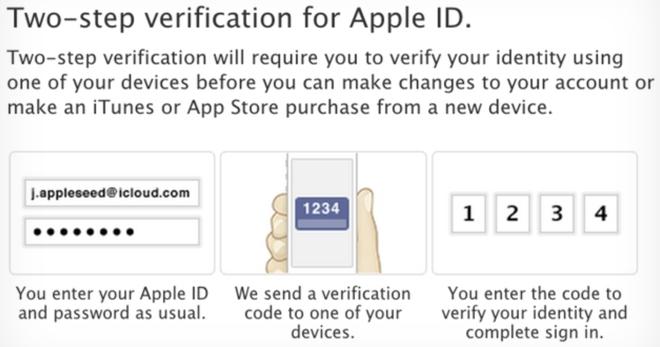Apple continues to expand the range of offerings covered by its two-step verification scheme, with security-conscious users now able to count iMessage and FaceTime among those features protected by the service.

Beginning today, those who have opted in to the two-step verification program will be asked to provide a one-time security code the next time they configure iMessage or FaceTime on a device. The change was first noted by The Guardian.
Existing two-step verification users who are already signed into FaceTime or iMessage on their devices do not need to take any additional steps. Two-step verification is automatically enabled, and will be triggered if users log out and log back in or sign in to their Apple ID on another device.
Apple introduced two-step verification as an opt-in feature in 2013. After enrolling and nominating at least one SMS-capable phone number, users will be asked to enter a one-time passcode whenever they attempt to sign in with their Apple ID on a new device.
Apple expanded two-step verification to iCloud.com last year, and has made it available in 59 countries as of Feb. 5.
Via Appleinsider

Beginning today, those who have opted in to the two-step verification program will be asked to provide a one-time security code the next time they configure iMessage or FaceTime on a device. The change was first noted by The Guardian.
Existing two-step verification users who are already signed into FaceTime or iMessage on their devices do not need to take any additional steps. Two-step verification is automatically enabled, and will be triggered if users log out and log back in or sign in to their Apple ID on another device.
Apple introduced two-step verification as an opt-in feature in 2013. After enrolling and nominating at least one SMS-capable phone number, users will be asked to enter a one-time passcode whenever they attempt to sign in with their Apple ID on a new device.
Apple expanded two-step verification to iCloud.com last year, and has made it available in 59 countries as of Feb. 5.
Via Appleinsider



